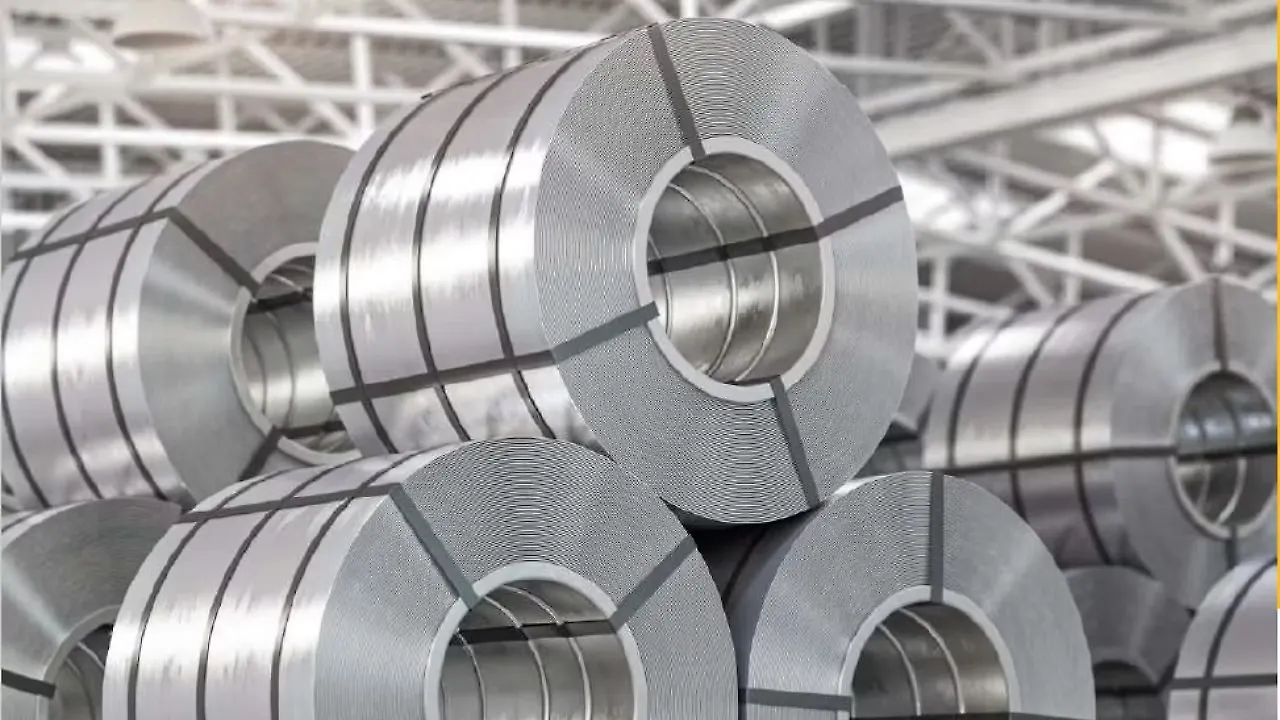
Despite several challenges, the Indian steel industry's growth will likely stay strong in 2022, and the country will need a strategy and revival plan to mitigate the impact of the pandemic-induced slowdown, a recent by Frost & Sullivan has said.
The report: The Indian Steel Outlook 2022,by Tanmoy Mandal, Associate Director, Metals & Minerals Practice, Frost & Sullivan, provides an overview of the current Indian steel industry landscape, highlights challenges faced by steelmakers and growth opportunities that will drive the market.
The steel industry is one of India's core industries, contributing to slightly more than 2% of GDP. According to the national steel policy, the business has planned to accomplish 300 MTPA by 2030-2031 and become independent in manufacturing a few special grades. The planned capacity expansion and demand growth are expected to leverage INR10 lakh crore incremental capital infusion and 30 GW power supply to the steel business.
The report said that India's steel industry employs more than 20 lakh individuals through direct and indirect positions. It is expected to grow to produce 36 lakh employments by 2031- broadly adding to the country's economic success directly (total value creation) and indirectly by assisting with building buying power through employment generation.
The Indian government has announced a variety of initiatives over the years to promote the development of the domestic steel industry, for instance, advancing steel-consuming businesses, for example, infrastructure projects, including rail transport network, dedicated freight corridors, high-speed railway tracks, affordable housing projects, and low-cost power transmission.
The Ministry of Steel has likewise made efforts to support this area over the past few years. Some drivers include securing raw materials and helping efficient production stream by using digitisation in mining, promoting a shift to an energy-efficient and environmentally friendly steel industry, expanding the capabilities of domestic steel plants, enabling supply through phrased best-in-class greenfield and brownfield capacity addition, and setting up value-adding coast-based steel clusters for logistical transformation.
COVID Impact & Response
All the major steelmakers in India have deferred the capacity addition plans of almost 15 MT in the last two years. As a result, in early FY21, Indian steel players saw utilisations reduced by five to ten percent compared with previous years; some players also had higher dependence on exports. For most players, sustained negative cash-flows cannot support high leverage. But India has raw materials cost advantage with huge iron ore reserves; the cost curve will tend to lower with raw materials, logistics, productivity, and energy improvements, the report mentioned.
Infrastructure growth requires the availability of steel, stainless steel, cement, tiles, ceramics, and many such infrastructural materials. IDCOL, with its prospective and leased mining assets and related plant and machinery in iron ore, ferrochrome, limestone, and heavy minerals, is ideally positioned to capitalise on these opportunities. While the current operations and balance sheet indicate past performance, the potential for future performance and value addition through the assets of IDCOL and its subsidiaries can be significant. However, this will require reshaping the investments, market, and operations strategy for IDCOL and its subsidiaries to create value-added products and services for the market while exploring synergies with other related firms.
India's GDP growth is expected to remain muted. An up-cycle in steel prices is expected to continue in FY 22, with stimulus packages unveiled by various countries keeping demand for steel high, the research report observed.